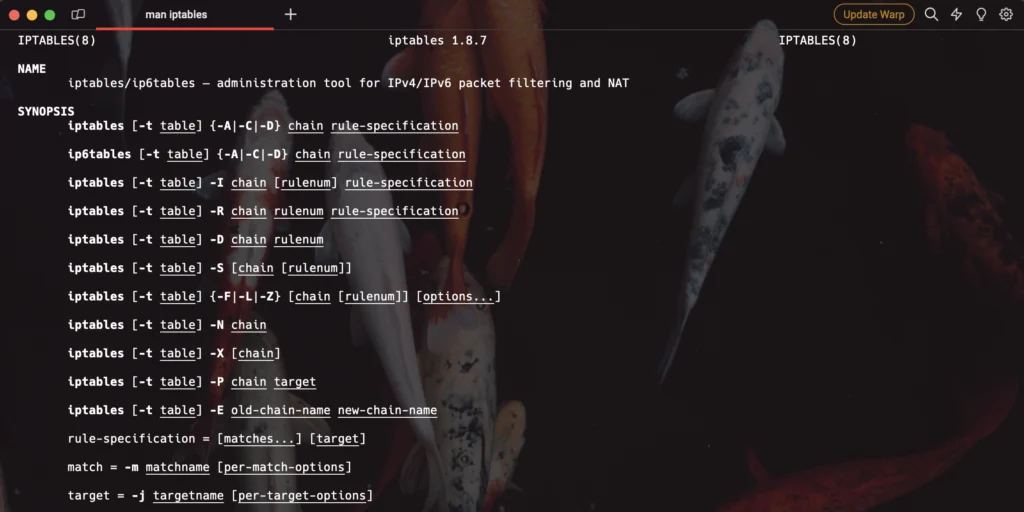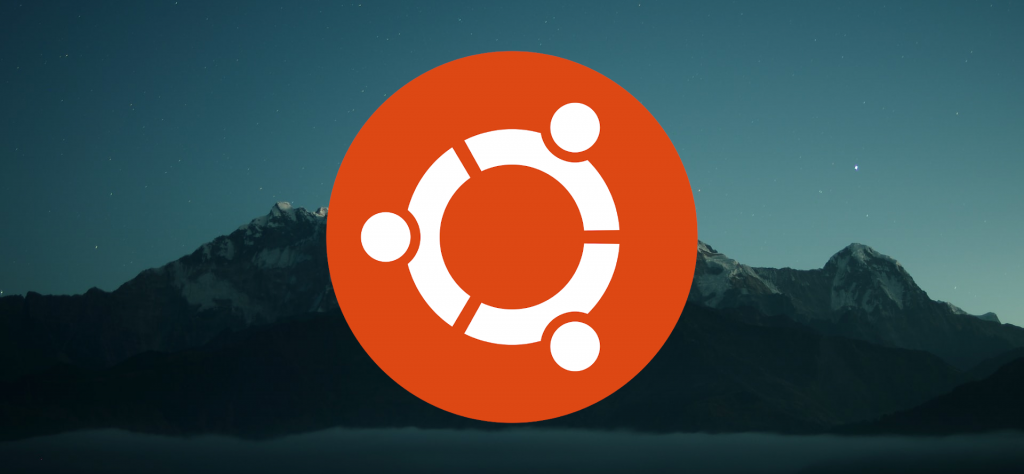Ubuntu
Ubuntu is a free Linux operating system for Desktop, Server, IoT and Robots.
What is a Cron Job and how to write to the Crontab
Updated 10th December 2023
The need to schedule tasks on a machine is common for any Software Developer, System Admin or IT professional, so it’s important to learn what a cron job is and how to write to the crontab. What is CRON? Cron is a daemon built-in to most Unix-like operating systems such as: Cron reads the crontab (cron tables)
IPtables – How to block and unblock IP Addresses in Linux
Updated 14th December 2023

Not long ago, I noticed some strange activity on a server I manage. The server, running Ubuntu 22.04, was receiving high volumes of traffic from a single IP Address. After some investigation, I decided the activity resembled that of web scrapping, so I decided to block the IP Address. Iptables or ufw I hear you
How to create Alias command in Linux
Updated 16th August 2022

Alias commands in Linux are a great way to speed up your workflow. In this post, I will show you how to create Alias command in Linux using Bash on WSL (Windows Subsystem for Linux). What is an Alias command? The alias command in Linux allows you to create custom shortcuts for frequently used commands.
WSL vs Dual Boot speed test
Updated 16th August 2022
In this experiment, I will be using WSL2 running Ubuntu 20.04 and Ubuntu 20.04 dual-booted on the same Dell XPS. Is there a noticeable difference? Follow along for the results of the WSL vs Dual Boot speed test. If you are like me and use different development environments a lot, you may find the results
Start WSL2 services on Windows startup
Updated 16th August 2022

In some circumstances, you may want to automatically start your WSL2 (Windows Subsystem for Linux) services on Windows startup such as Apache2, Nginx, and MySQL. Follow along below to learn how to start your services when you boot your machine. Create a startup script The first step is to create a startup script. This is
The Ultimate guide to create Apache2 Virtual Hosts (2022)
Updated 16th August 2022

In this post, I will be creating Virtual Hosts for Apache2 on WSL2 (Windows Subsystem for Linux). Follow along with this Ultimate guide to create Apache2 Virtual Hosts. The steps in this tutorial can be carried over onto any environment running Apache2. What we’ll cover Creating the directory structure Creating a symbolic link in Ubuntu
[UPDATED 2022] Change PHP version on Ubuntu, Linux
Updated 23rd August 2022

In this post, I will show you how to switch PHP version on Ubuntu, Linux. If you are developing on Windows, follow this guide to set up Windows Sub System for Linux. What will be covered: Change PHP version for Apache2 Change PHP version for Nginx Change PHP CLI version In this example, we will
How to Upload and Download files to and from a Linux server over SSH
Updated 16th August 2022

Its common place to need to upload and download files to and from a remote Linux server. To upload and download files from a remote Linux server you can use the scp (secure copy) command. To download a file you can use: To upload a file you can use: scp /path/to/file/your/uploading username@ip-or-server-name:/path/to/location/to/upload/to Note: It is
How to generate an SSH key and add to authorized_keys
Updated 16th August 2022

In this article we explain how to generate a SSH key for your local machine and add your public key to the authorized_keys on a remote server. Generate an SSH key for Windows, MAC and Linux Note: If you are using Windows, we recommend you use a SSH client like PuTTY. For MAC/Linux run: ssh-keygen
The ULTIMATE guide to setup Windows Subsystem for Linux (WSL) with Ubuntu, Apache2, MySQL and PHP
Updated 16th August 2022

Windows is now good for development! Yes! All thanks to Windows Subsystem for Linux (WSL). No more WAMP or Xampp, WSL can do everything you need. In this ultimate guide to setup Windows Subsystem for Linux with Ubuntu, Apache2, MySQL, and PHP we will cover: What is Windows Subsystem for Linux? Setting up Windows Subsystem